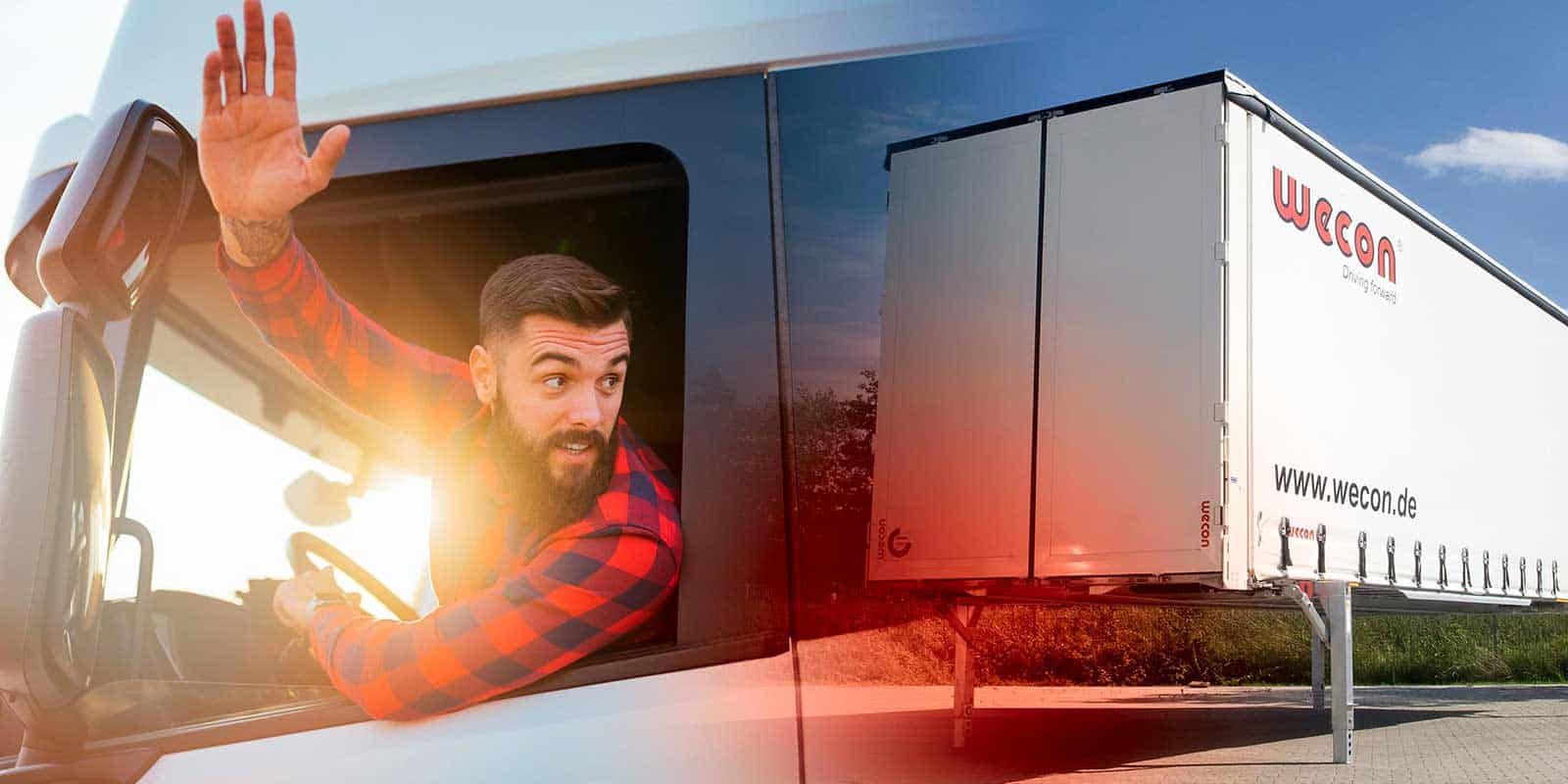Intermodal transport – Making the switch to road, rail and international possible
Intermodal transport is in the fast lane and is seen as a signpost for sustainability and forward-looking progress in the logistics industry. In this article, you will learn about the advantages and disadvantages of this type of cargo transport, what distinguishes it from conventional transport routes and how intermodal transport can be successfully implemented financially and ecologically.
What is intermodal transport?
Intermodal transport, or IT for short, is a multi-link transport chain that transports goods via different modes of transport. In contrast to unimodal transport, the transport of goods via one mode of transport, this transport is not exclusively by road. The main points of intermodal transport are on railways and waterways. Transport by lorry is only a fraction of this over short distances. Thus, the goods are only transported by truck in the so-called pre- and on-carriage to or from the terminal to the destination.
Advantages of intermodal transport
Intermodal transport offers numerous advantages and is also promoted by the federal government for this reason. Probably one of the greatest advantages and most successful promotional measures of intermodal transport is the 44-tonne regulation. According to this, lorries used in forward and onward carriage may have a total weight of 44 tonnes. That is a full 4 tonnes more than motor vehicles that are exclusively engaged in road transport are allowed to have. In addition to the weight and transport volume advantages, the environmental aspect also plays a central role. The greater volume of goods means that journeys can be saved and CO2 emissions reduced.
Especially the transport by rail is convincing. A full 80 per cent of CO2 can be saved per tonne of cargo. By connecting electrically powered trains and trucks, emission-free intermodal transport could become a reality in the future. And the financial gain should not be underestimated either. HGVs used in intermodal transport are exempt from vehicle tax and reduce tolls due to shorter motorway distances. In addition, driving bans on Sundays, public holidays and holiday days do not have to be observed if the driving distance does not exceed 200 kilometres. Congestion is also reduced, allowing longer distances to be covered not only more cheaply but also more quickly.
Disadvantages of intermodal transport
Besides numerous advantages, there are also disadvantages that should not be ignored. Probably the biggest disadvantage is the fixed routes and strict timetables in rail transport. In contrast to transport by truck alone, no alternative route can be selected in the event of route disruptions. Furthermore, not all EU rail networks are designed for intermodal transport. This is a particular problem with accompanied intermodal transport, as it involves not only loading units, but also whole lorries and articulated lorries.
How intermodal transport succeeds
For the optimal implementation of intermodal transport, the right vehicle technology is crucial. Containers and swap bodies are used most frequently, but the demand for craneable semi-trailers is also steadily increasing. These are handled with the help of crane systems and mobile equipment. Large gantry cranes are used for this purpose, as are flexible reach stackers. The technical features of containers, swap bodies and semi-trailers must be designed in such a way that transhipment is possible without any problems.
Bodies such as craneable semi-trailers have four lifting points on the outer frame, the so-called gripping edges, which enable crane handling. Different superstructures can be individually adapted to the respective challenges. Bottlenecks in parking spaces can be reduced, for example, by stackable modules for semi-trailers. Swap bodies in particular have become an indispensable part of intermodal transport and enable flexible and fast action.
The professional for combined transport: Wecon
Wecon is your contact for intermodal transport and develops forward-looking solutions for handling and freight optimisation. In order to save time and costs and to contribute to a resource-saving economy, the company offers superstructures in special and demand-oriented designs. The motto? No such thing as can’t. Wecon is regarded as the market leader for swap systems and offers a wide range of options, from flatbeds and curtainsiders to steel, frozen or dry freight boxes. With custom-fit commercial vehicle solutions, a quick and safe switch from road to rail and sea transport is thus guaranteed.
